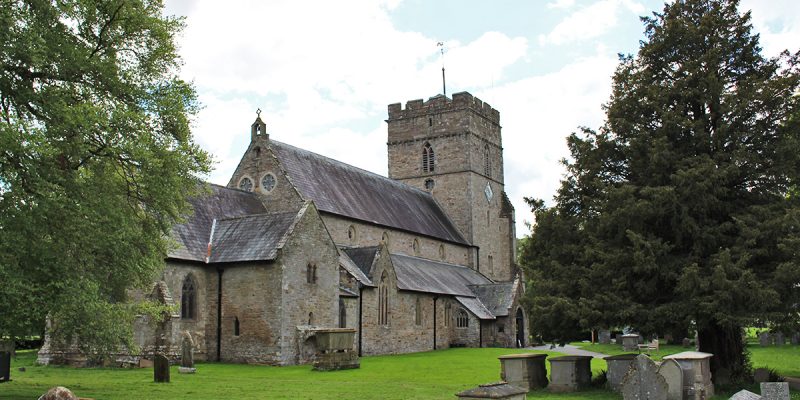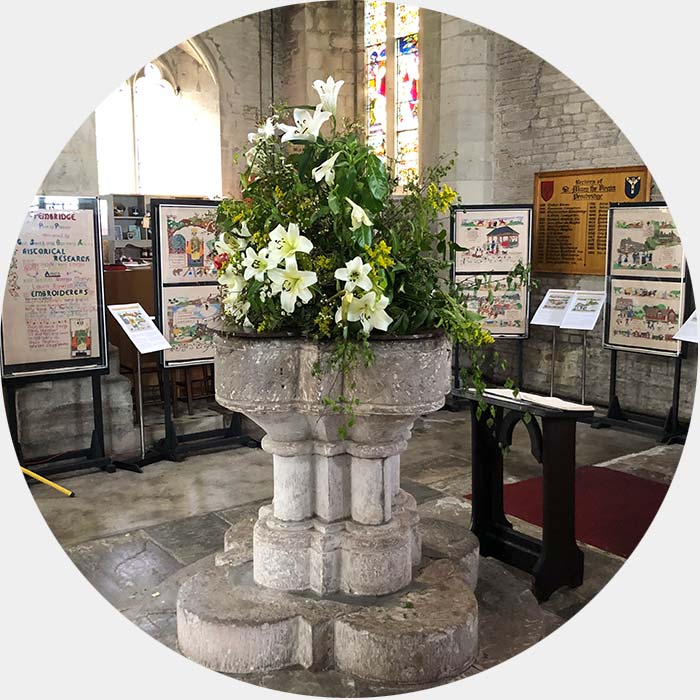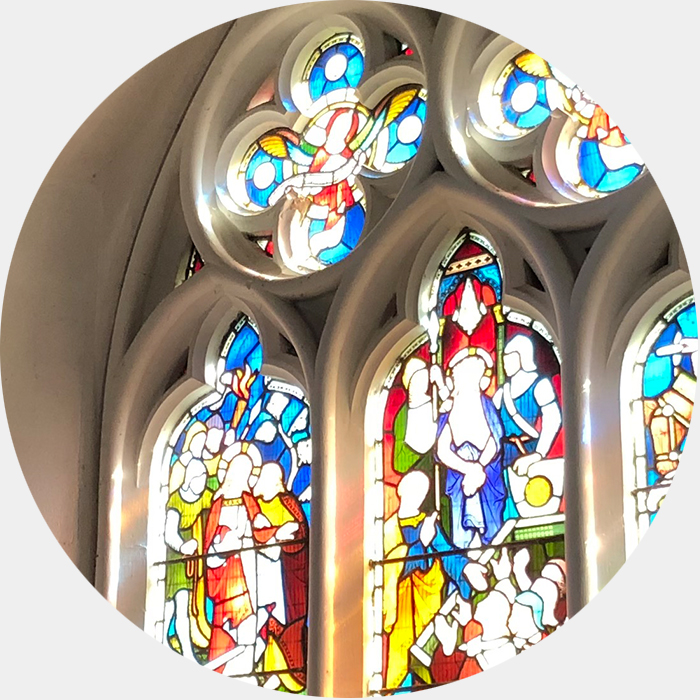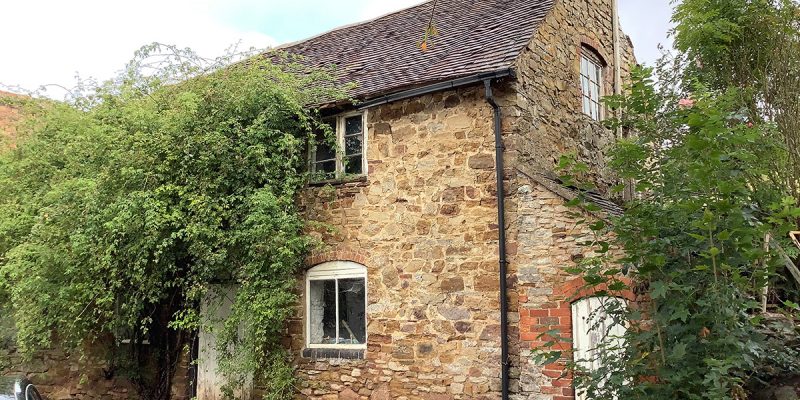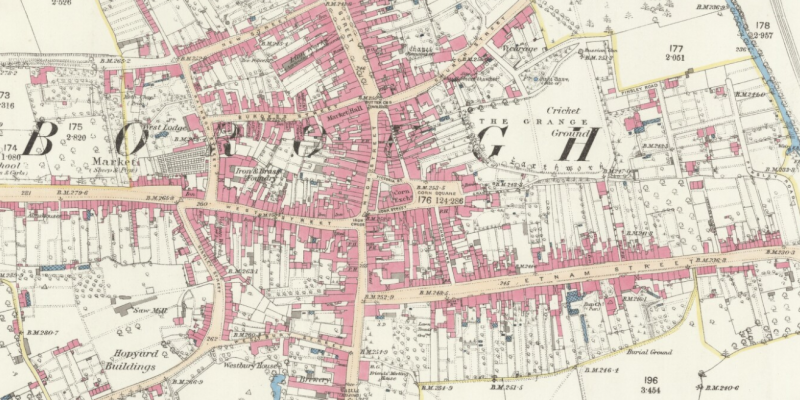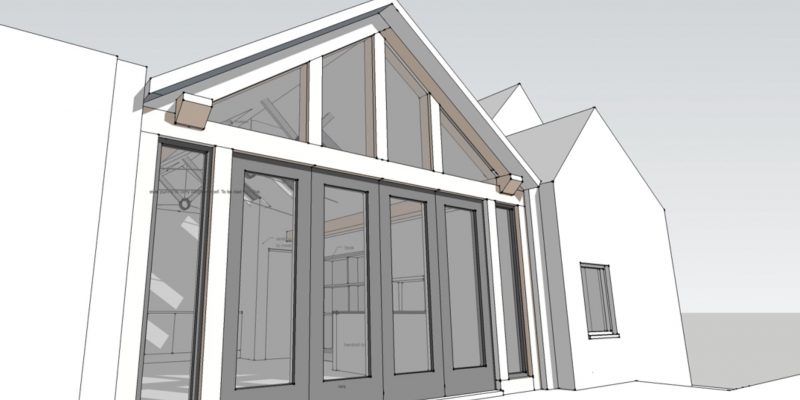KODA architects remains open
KODA architects Hereford are open:
KODA architects are committed to the wellbeing and protection of our clients, suppliers, colleagues and staff during these difficult and unprecedented times.
The developing global situation has affected every member of society with restrictions put on our day-to-day activities. With the challenging environment many, who are able, have set up home offices to carry on working. KODA architects are happy to announce that we continue to deliver projects to our customers and are working from their home offices.
With the Prime Minister, Boris Johnston, announcing this week that the UK will be on lockdown, we are therefore limited in what we are able to do. However, we are keeping up to date with our clients and how this affects them during these difficult times.
We hope that normal service will resume shortly but in the meantime we are continuing meetings via online video conferencing, emails, telephone and through our various social media platforms.
We will shortly be posting a blog post on how this affects building contracts and onsite works so check out our news page shortly.
Stay safe, stay indoors and look after each other.
For more information on the current situation please see .GOV website.




